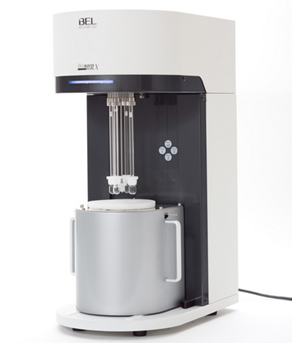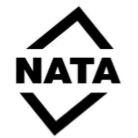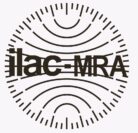Brunauer- Emmett-Teller (BET) theory explains the physical adsorption of gas molecules onto a solid surface and serves as the basis for an important analytical technique – the measurement of the specific surface area and pore structure of materials. Utilising nitrogen or krypton gas adsorption the specific surface area is precisely measured as a function of relative pressure.
This technique is useful for analysis in many industries including measurement of:
- Catalysts – heterogeneous catalysts, primarily solids, are used in many industrial chemical processes and are typically comprised of a reactive species on a non-reactive or inert support. The surface area of both components influences the rate and yield of the reaction, which makes critical to researchers and manufacturers alike;
- Zeolites – the surface area and porosity of zeolites influences the effectiveness of the zeolite in process. Understanding the properties of zeolites assists in the management of process requirements and expected production outcomes;
- Batteries – performance of battery components, such as anodes, cathodes and separator membranes, can be affected by the surface area and porosity of surface. Properties such as charge and discharge rates, impedance, and capacity are related to the surface area;
- Adsorbents – the surface area and porosity of an adsorbent depends on its structure. The more pores it has the greater the area;
- Artificial bone – the material properties of bone substitutes, such as porosity, composition and geometry change its mechanical and biological performance. Analysis of the bone porosity assists in design and production of suitable products to ensure clients’ needs are fulfilled;
- Pharmaceuticals -many pharmaceuticals are characterised by their BET surface area to ensure optimal dissolution, cohesion, and bio-availability. These include powder blend ingredients, including active pharmaceutical ingredients (APIs), binders, lubricants, and excipients;
- Metal powders for additive manufacturing – also known as metal 3D printing, offers unrivalled design freedom with the ability to manufacture parts from a wide range of materials. The incomplete melt, caused by large porosity can be the result of gas pockets that form within the metal powder, variations in powder granule size, or the 3D printing process itself;
- Metal-organic frameworks(MOFs) – MOFs can be used for gas storage, purification and separation, as well as catalysis and sensing applications. The surface area of both components influences the rate and yield of the reaction;
- Carbon Black – one of the most widely used reinforcing materials in the production of rubber, the surface area of carbon black impacts its performance in different applications. Higher surface areas are used for high wear resistance applications (tire treads) whereas lower surface area carbon blacks are characterized by low hardness and tensile strength (and therefore well-suited for use as wire insulation;
- Ceramics – used in the manufacture of thousands of everyday items including general purpose products like glass and cement as well as more technical products such as semiconductors and microchips. The surface area has an impact on sintering, thermal properties, and moisture retention, and thus is an important property in the selection and production of ceramics.







